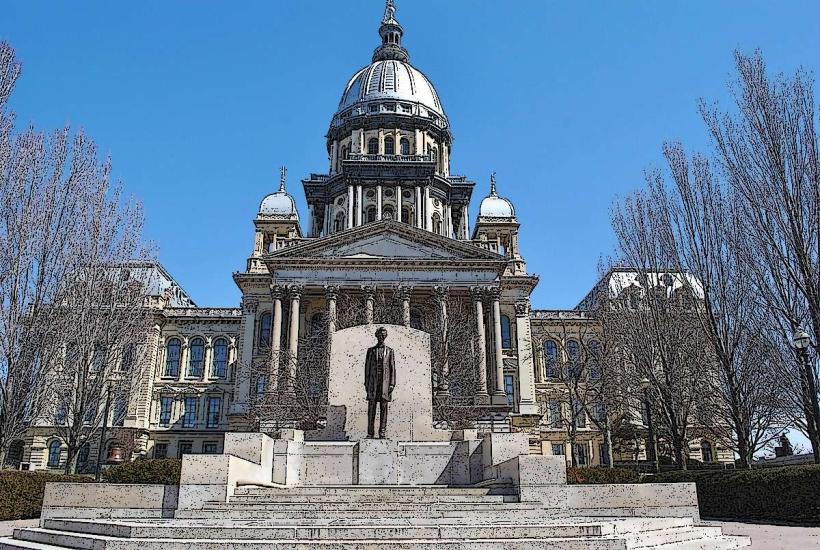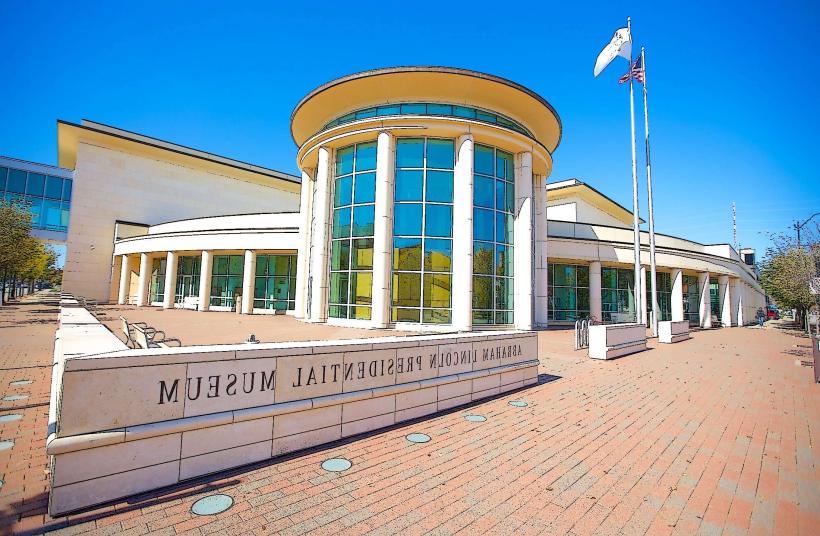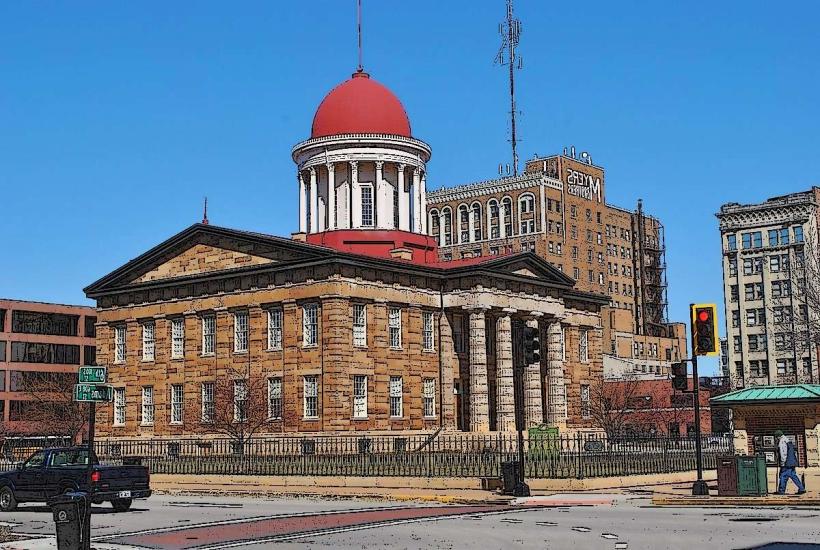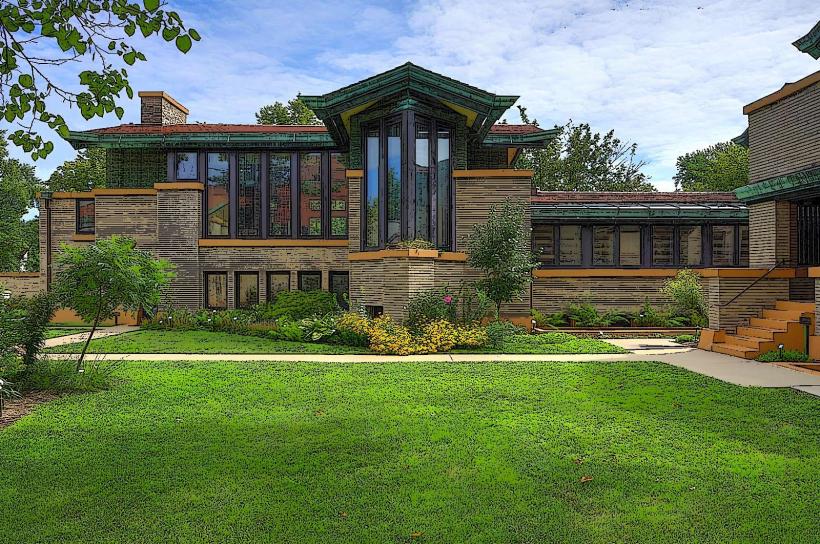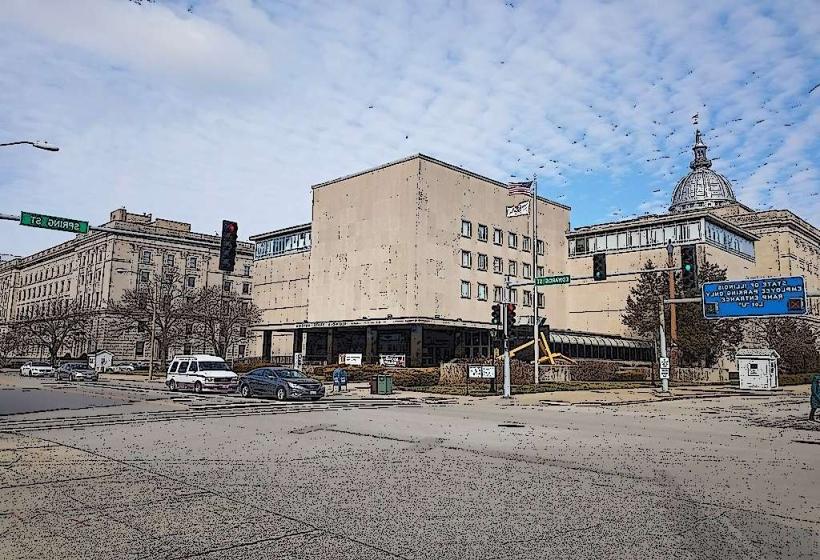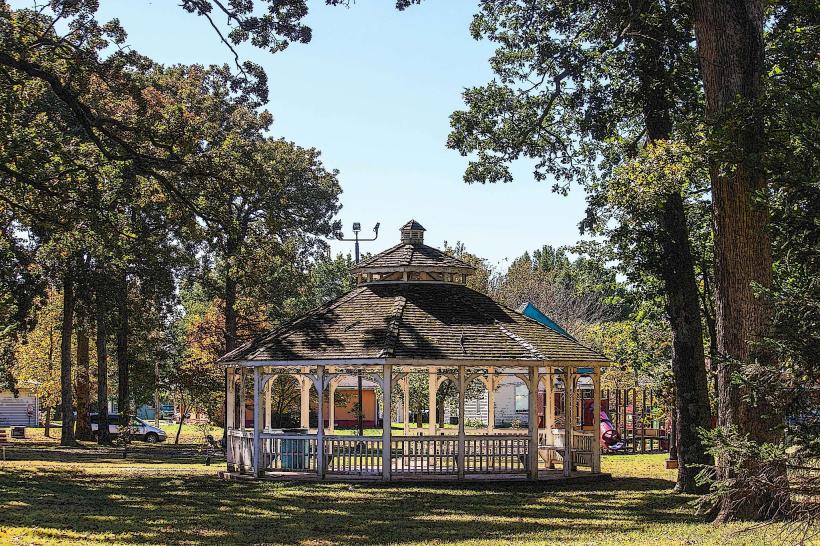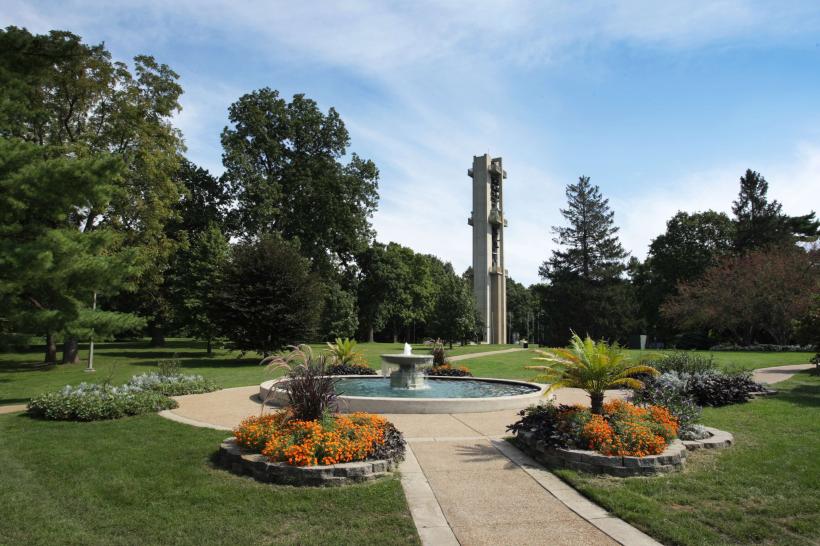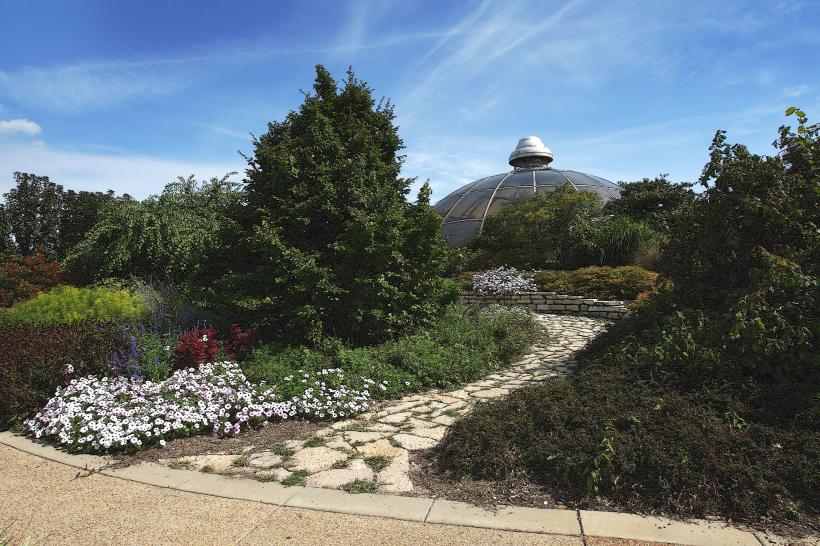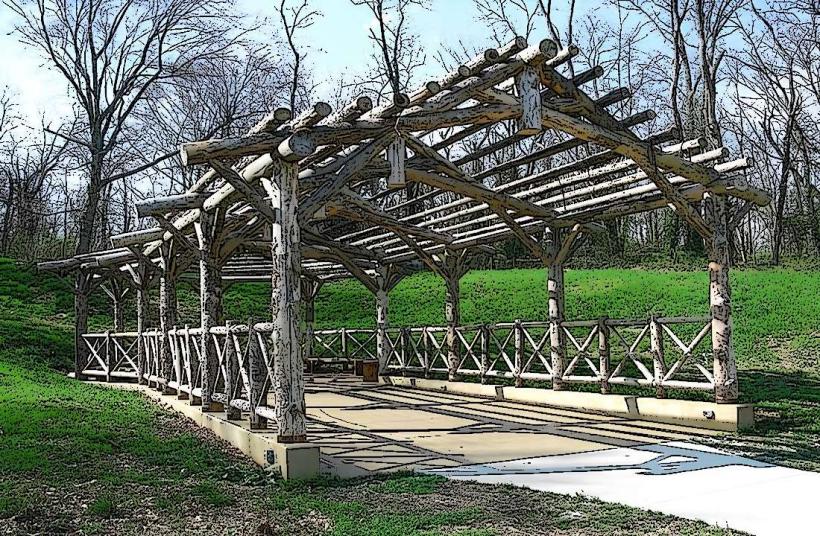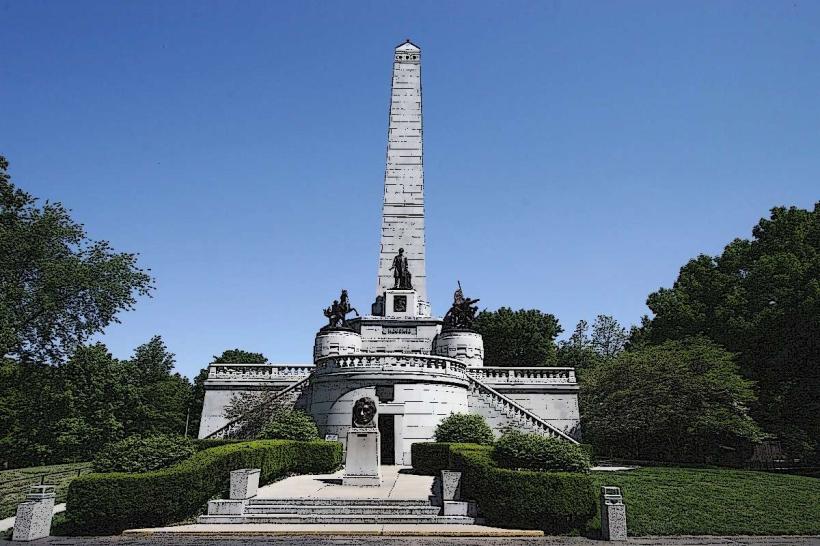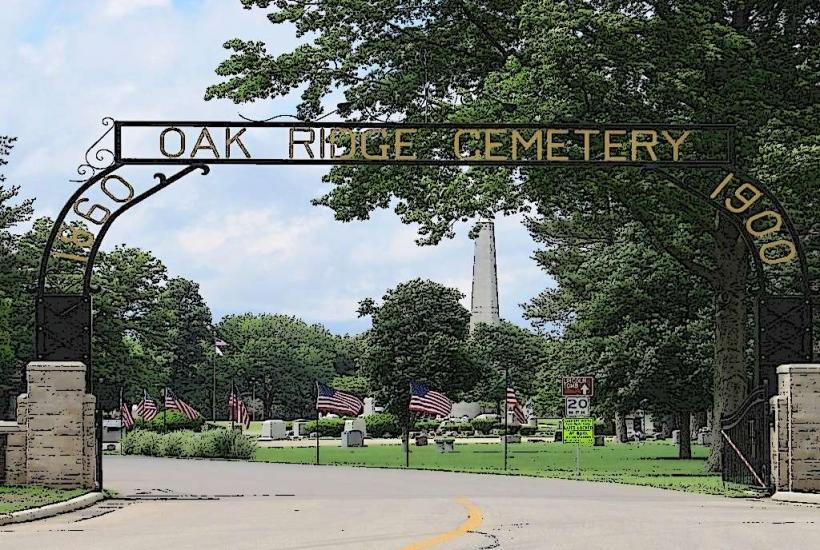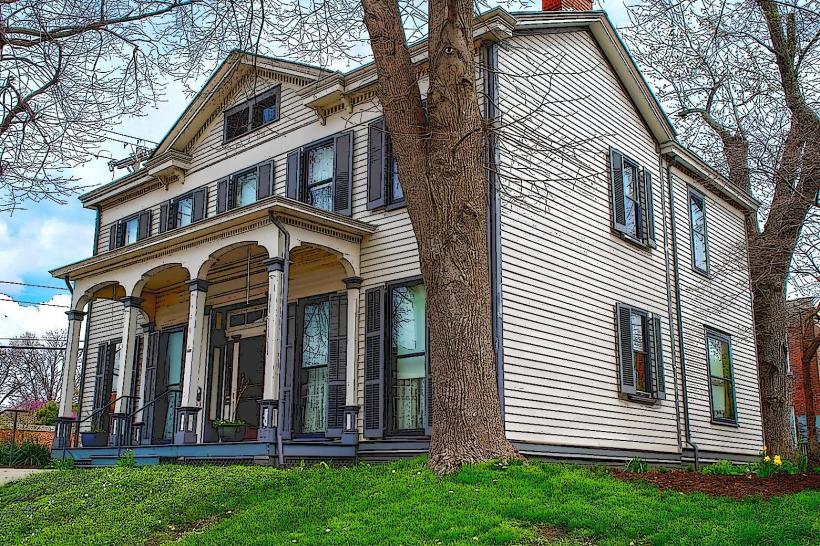Information
City: SpringfieldCountry: USA Illinois
Continent: North America
Springfield, USA Illinois, North America
Geography and Location
Springfield is the capital city of Illinois, located in the central part of the state. It sits within Sangamon County and covers an area of about 60 square miles. The city lies on relatively flat terrain typical of central Illinois, with gently rolling prairies and farmland surrounding it. Its central location in the state makes it an important hub for government, commerce, and transportation.
Climate
Springfield experiences a humid continental climate with four distinct seasons. Winters are cold, often with snow and temperatures frequently dropping below freezing. Summers tend to be warm and humid, with average highs in the mid-80s Fahrenheit (around 29°C). Spring and fall are transitional seasons marked by moderate temperatures and variable precipitation. Thunderstorms are common during the warmer months, sometimes bringing heavy rain and strong winds.
Economy
The economy of Springfield is centered largely around government services, being the state capital, which employs a significant portion of the local workforce. In addition to public administration, key economic sectors include healthcare, education, retail, manufacturing, and agriculture. Springfield hosts several hospitals and medical centers, contributing to a strong healthcare industry. The surrounding region supports agriculture, especially corn and soybean farming, which plays a role in the local economy through processing and related industries.
Demographics and Society
Springfield has a population of roughly 115,000 residents. The city’s demographic composition is predominantly White, with African American and Hispanic communities also represented. The population is generally stable, with many families having lived in the area for generations. The social fabric includes a mix of urban and suburban lifestyles, with a strong sense of community reflected in local events, schools, and civic organizations.
Urban Structure and Neighborhoods
Springfield’s urban layout combines residential, commercial, and government districts. The city is divided into distinct neighborhoods that range from historic residential areas to newer suburbs. Many neighborhoods feature a mix of single-family homes, apartment complexes, and small businesses. The downtown area houses the state government offices and administrative centers, surrounded by commercial and residential zones.
Transportation
Springfield is well-connected by road and rail. Major highways such as Interstate 55 and Interstate 72 pass near the city, providing access to Chicago, St. Louis, and other regional centers. The city also has a public bus system that serves local routes within Springfield and surrounding communities. Rail service includes passenger trains that connect Springfield to larger cities. Additionally, the Springfield Abraham Lincoln Capital Airport offers regional flights.
Education and Research
Springfield has a range of educational institutions including public and private schools serving K-12 students. The city is home to several colleges and universities, including the University of Illinois Springfield, which offers undergraduate and graduate programs with a focus on public affairs, business, and liberal arts. Education plays a vital role in the community, with schools and institutions supporting workforce development and lifelong learning.
Environment and Recreation
Springfield benefits from a variety of parks, recreational areas, and green spaces. The city maintains numerous public parks with facilities for sports, walking trails, and family activities. The surrounding countryside provides opportunities for outdoor recreation such as fishing, hiking, and hunting. Efforts to maintain and improve environmental quality include local programs focused on sustainability, water conservation, and clean energy.
Historical and Cultural Context
While Springfield is known historically as the home of Abraham Lincoln, its modern identity is shaped by its role as a state capital and regional economic center. The city’s culture reflects Midwestern values of community, resilience, and civic engagement. Local festivals, arts programs, and community organizations contribute to an active cultural life, supporting both traditional and contemporary activities.

